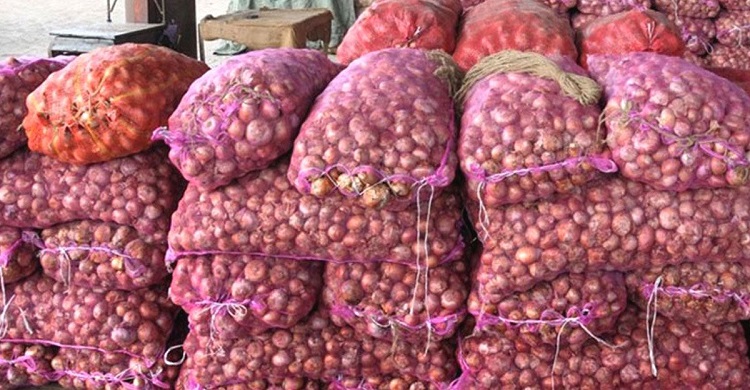
- Financial
Farmers are in dire straits due to water crisis in Chatmohar
- Financial
- 03 August, 2021 10:31:34
Chatmohar (Pabna) Correspondent: Even in the rainy season, there is no rain in Chatmohar and Chalanbil areas. Lack of adequate water in rivers and beels. The jute farmers of the region are in dire straits as they do not get enough water to cultivate the golden fiber jute. Due to water crisis, many farmers are cutting jute and leaving it on the land. Someone is driving to another area.
Jute is everywhere. It is difficult to find a place in beels and rivers. The roadside ditch or the pond next to the house, nowhere empty. So many farmers are renting ponds and raising jute.
The good days of golden fiber have begun to return. Due to good prices last year, jute has been planted on a record amount of land in Chatmohar of Pabna this year. Jute production is quite good due to proper care. But at the last moment, as there was not much rain, the jute farmer was in trouble. They are raising jute with the rent of the pond. The Department of Agriculture has advised farmers to use the ribbon rating method in processing jute in small and shallow water. But the farmer is not leaning towards that. Now the work of cutting jute, waking up and removing jute fibers and washing is in full swing. The male and female workers of the village are now busy cutting and washing jute.
It has been seen in different areas of the upazila that farmers and agricultural laborers are busy in cutting jute and washing jute. The farmer said there was not enough rain this time. Rain water did not come to the bill. As a result, they are in trouble as they cannot wake up. If the quality of jute is bad, the price also goes down.
Abdullah Al Masum Billah, Upazila Agriculture Officer, said jute has been cultivated in 6,720 hectares of land in 11 unions and one municipal area of the upazila this season. Of these, Desi is 135 hectares, Tosha is 6,445 hectares and Mesta is 140 hectares. Last year, different varieties of jute were cultivated in 6,100 hectares of land in Chatmohar. Jute cultivation has increased in 720 hectares of land this year as compared to last year.
He added that earlier farmers were dependent on rainfall. At present the farmers are cultivating jute in the land under irrigation system. Due to which the production is much higher. This time the relative rainfall is less. Due to which the farmers may have some problems in raising jute in open water.
However, farmers can process jute in ribbon rating system. It can wake up more jute in less water. Jute usually takes 20-25 days to wake up. And the ribbon rating method is done in 10-12 days. In this method the color and quality of jute is much better.
Comments (0)
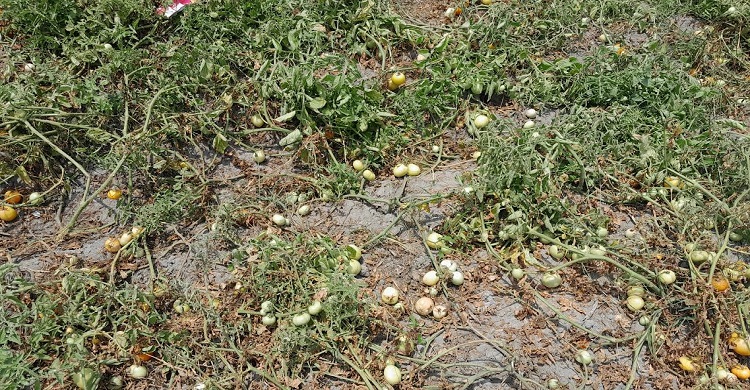
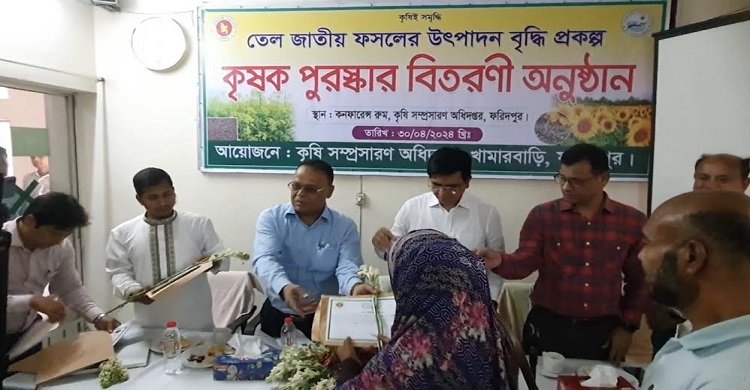




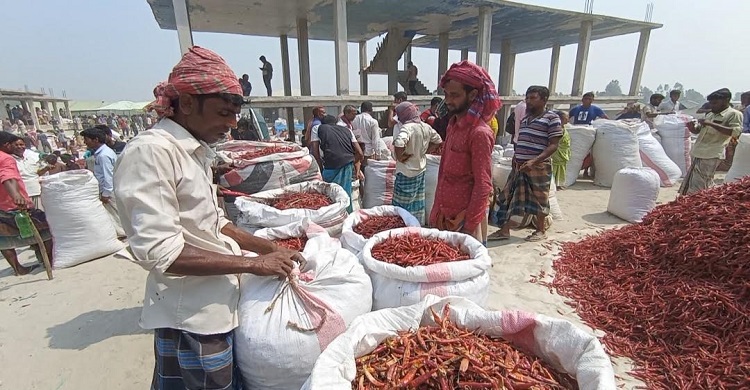

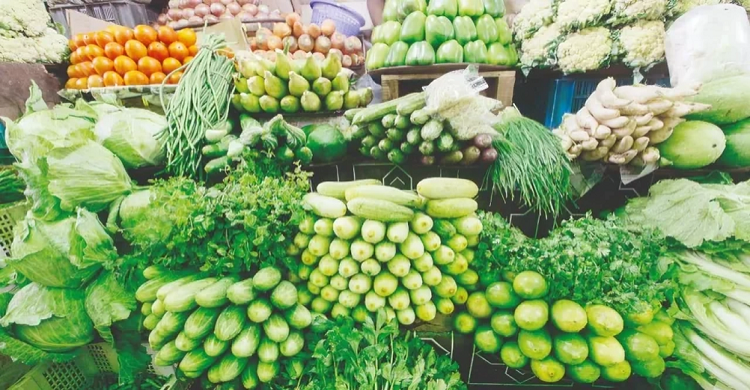


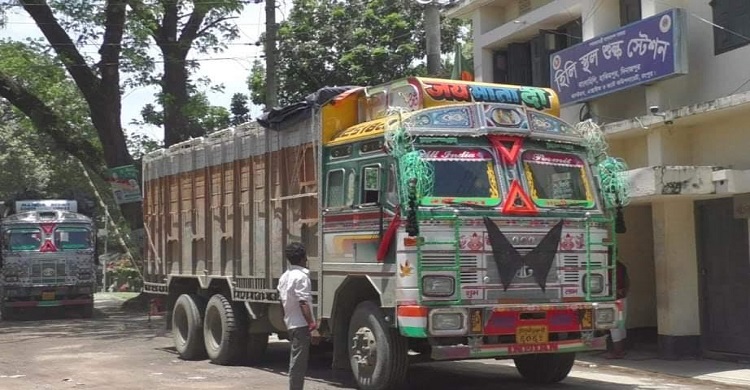




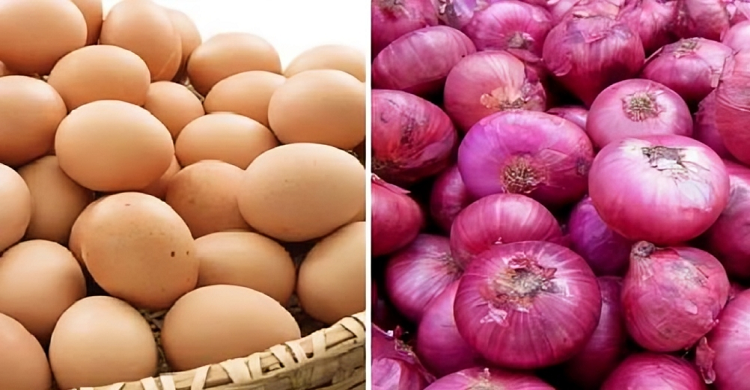

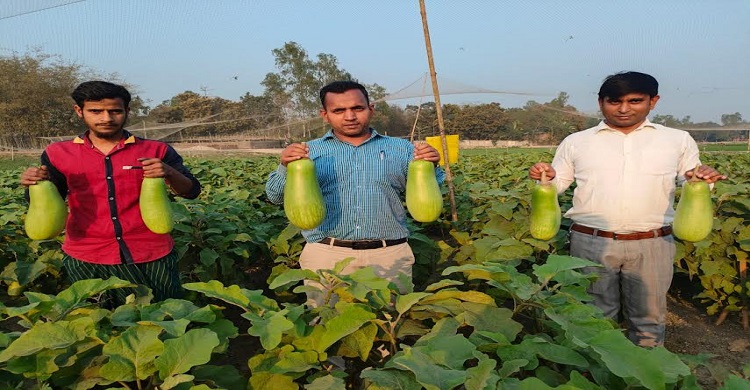
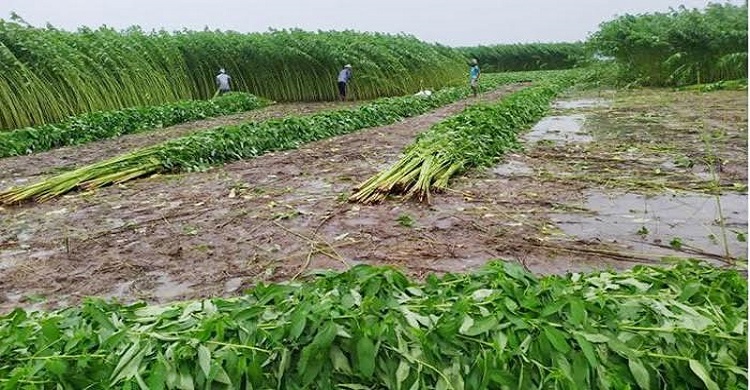







Comment ( 0)